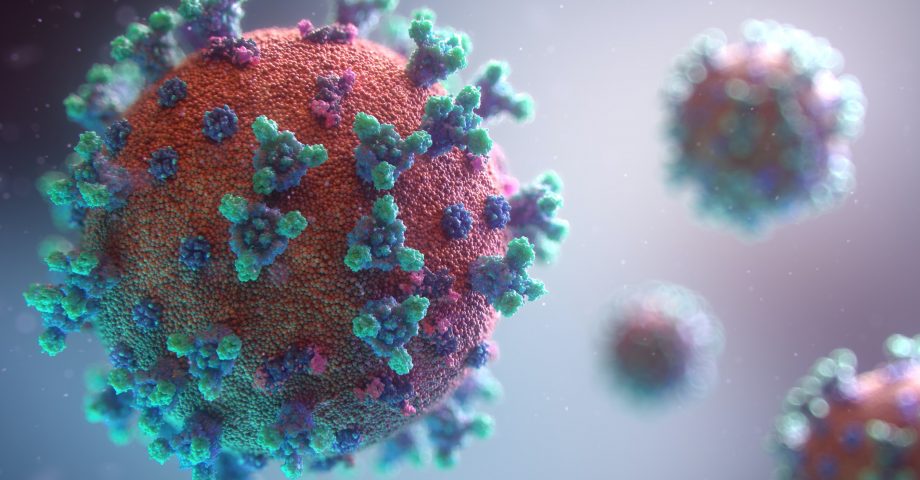(March 2021) Over the past year, a new strain of unique coronavirus – which attacks the airways and lungs – has led to a pandemic across the globe. As this strain is still so unknown and so mysterious, researchers all over the world are developing vaccines and treatments to help fight against the virus. Many countries are imposing lockdown scenarios, which mean that people are unable to leave the house unless it is of critical necessity.
As the COVID-19 pandemic is still on-going at the time of writing and publication, we have put together a fact file of all the known facts about COVID-19 which are helping us to understand and process this strange new illness. What we must state is that you should not use this fact file in place of medical help. If you are worried that you may have COVID-19 or coronavirus symptoms, you must self-isolate and contact your local medical services or advice line as soon as possible.
In the UK, the number to call for specific coronavirus queries and concerns is 119, while the general medical advice line is 111 for non-emergencies.
Here’s 32 facts about Coronavirus COVID-19, and what you can expect…
1. COVID-19 symptoms and risks
COVID-19, on the whole, is an illness that should produce mild to moderate symptoms in most healthy people. Statistics show that the vast majority of people who contract the illness survive it without the need for a trip to the hospital. However, there are people who may be at heightened risk should they contract the virus. These people include the elderly and infirm, as well as those who have existing breathing conditions.
2. COVID-19 is, essentially, a branch of SARS
COVID-19 as a branch of SARS or Acute Respiratory Syndrome first started emerging and being brought to public attention in late 2019. It is unique in that it has never spread between humans before. However, in early 2020, it started spreading across the world.
3. COVID-19 infectious period
People are thought to be infectious after catching COVID-19 for up to 12 days, but for as little as a week. On average, health bodies seem to agree that two weeks is the general infection period. You may start the infectious period without showing any symptoms for a couple of days. However, this is no guarantee, and should not be treated as such.
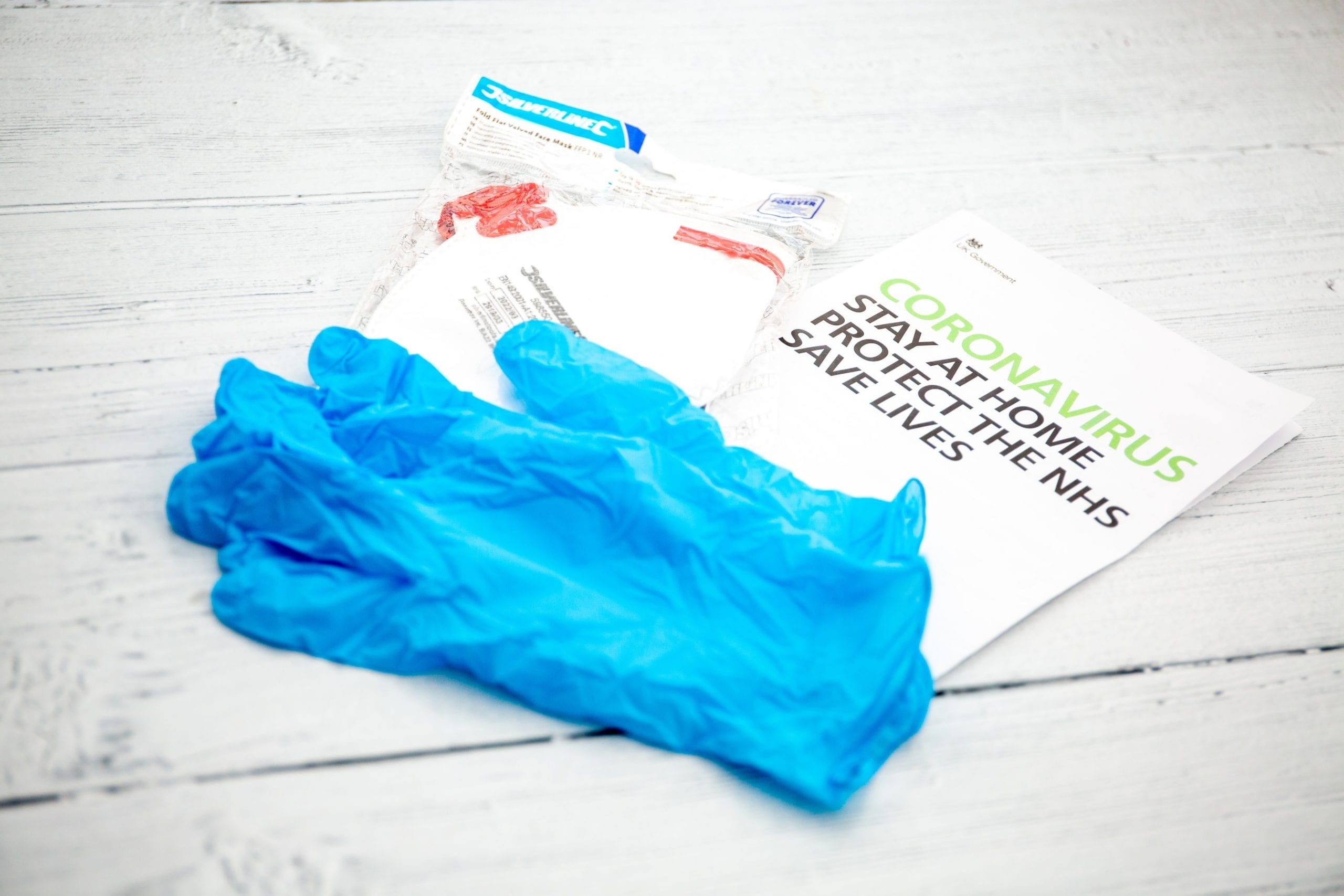
4. Interestingly enough, the symptoms vary from person to person!
The symptoms of COVID-19 and the novel coronavirus can vary from person to person. One of the most common symptoms of the virus is sudden coughing in short, sharp bursts. This is because it attacks the lungs and your ability to breathe. However, other symptoms can include a high temperature or fever, as well as a loss of smell and taste. Some people also report sore throats and general fatigue being key indicators of COVID-19. In fact, these symptoms are also common to many other illnesses and bugs, meaning that it is by no means a guarantee that you have contracted the virus.
5. Can children catch and transmit the virus?
Children can catch the virus and transmit it to others, which is why there has been a strong push to shut down schools in various territories. At present, some medical bodies suggest that children are at lower risk of developing severe symptoms, however, they are just as likely to spread it. Also, at the time of writing, there is not enough evidence to suggest that pregnant women can transmit COVID-19 to their unborn children.
6. Asymptomatic cases of COVID-19
Some people may carry or have had COVID-19 and may have been completely asymptomatic. This means that they may not have had any symptoms at all.
7. COVID-19 preventive measures
Several preventive measures are being put in place to help stem the risk of spreading COVID-19. The most famous, so far, is hand washing. Medical bodies suggest that you should wash your hands regularly and that you should do so for at least 20 seconds to ensure you remove bugs and viruses from your hands. People are also advised to observe social distancing wherever possible. This, in many cases, means that you should stand one to two metres away from people for the most protection, as droplets of sneezes and coughs can travel in the air and may be easy to inhale.
8. COVID-19 spreads through orifices and lives on surfaces for limited periods of time
The COVID-19 virus can spread through orifices. This means you should be careful not to touch your eyes, nose, or mouth unless you know for certain that your hands are clean. COVID-19 can live on surfaces for limited periods of time. In fact, studies have shown that it may live on cardboard for up to 24 hours, and on metal and plastic for between 2-4 days. However, during this time, the virus is thought to weaken, as all bugs and viruses do when they do not have a human or animal host.
9. How about animals and COVID-19?
COVID-19 is thought to be a human disease, however, there have been a handful of rare cases where cats and dogs seem to have contracted it. There is no evidence to suggest that pets can pass on the disease to humans at present. Also, there is no current evidence to suggest that COVID-19 can be transmitted through houseflies. So far pets and insects are considered harmless!

10. Available medications for COVID-19
There are no medications or drugs at present which will directly support the eradication of COVID-19, but there have been many drugs and medicines which allegedly help to ease COVID-19. Unfortunately, some of the medicines, such as hydroxychloroquine, were proven to do more harm than good. Remdesivir is the first drug accepted by the FDA for the treatment of hospitalized COVID patients over the age of 12. In fact, research shows that some patients recover faster after taking this medication.
11. Can we catch the virus through food packaging?
There is also no confirmed transmission of COVID-19, at present, through food packaging or the food itself. However, you may wish to wash your hands after handling supermarket items as a matter of precaution.
12. Follow COVID-19 recommendations to stop the spread!
As a result of how the coronavirus can spread, it is recommended that you avoid shaking hands or hugging others. In some countries, such as the UK, it is recommended that you only see people from your own household, though measures are relaxing.

13. Can COVID-19 be stopped by warm weather?
Previous research suggested that COVID-19 may fail in warm weather or hot climates. However, this is not the case. Warm countries and those in tropical climates, such as Brazil, continue to see rising cases.
14. Staying clean during COVID-19!
You can continue to wash your clothes normally if no one in your home is confirmed to be carrying COVID-19. This means that there will be no need for you to adjust the temperature of the water you wash with. However, if you live with someone suspected or confirmed to be suffering from COVID-19, you must wash their clothes separately if you can, and ideally at a temperature of at least 60 degrees C˚.
15. The perfect amount of sanitizer for protection against COVID-19
You do not need more than a small amount of sanitizer on your hands to protect yourself against the coronavirus. This may be as small as a coin. People should make sure to go sparing on the use of hand sanitizer as it is still in very high demand. It is thought that a simple cleaning disinfectant will work to kill the coronavirus. Alcohol-based products, too, providing they are strong enough, may also help to protect you.
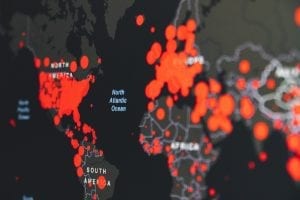
16. Face masks or social distancing?
Face masks are being adopted across the world as a way to try and adapt back to normal life without social distancing. However, social distancing is still recommended. In many cases, it is recommended that face masks be worn in medical settings. However, countries such as the UK will be bringing in requirements for masks to be worn on public transport as a mandatory measure.
17. Cover your mouth and nose when sneezing or coughing!
When sneezing or coughing, you should make sure to cover your mouth and nose. The best way to do this is with a disposable tissue that you can throw away instantly into a closed top rubbish bin. In fact, it’s recommended that even if you show slight symptoms associated with COVID-19, you should make sure to stay home. In the UK, it is recommended that you call 111 if your potential symptoms do not go away within seven days.
18. People who suffer from allergies are not at high risk of developing COVID-19
It is noted that those people who suffer from allergies such as pollen irritation or otherwise are not at high risk of developing COVID-19. However, those who may suffer from asthma, from medium to severe, are considered at risk. A key way to understand the difference between how COVID-19 affects the body and how hay fever, for example, affects the body, is to see whether or not antihistamines have an effect. These medicines can help to relieve pollen allergies, whereas COVID-19 does not react to antihistamines.
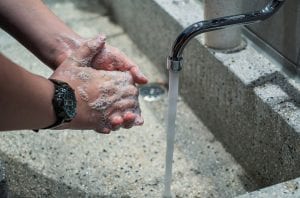
19. WHO suggestions regarding COVID-19
The World Health Organization suggests that cold weather, as well as hot weather, cannot kill the coronavirus. Therefore, it is always worthwhile taking all the necessary precautions suggested. What’s more, the WHO suggests that taking hot baths is not preventative against the virus, either. Also, there is nothing to suggest that once you contract COVID-19, you have it for life. The WHO states that most people will be able to expel the virus from their bodies.
20. WHO advises on how to protect yourself against COVID-19
Recent advice from the World Health Organization states that you should not spray or drink bleach and disinfectant as measures to protect yourself against COVID-19. These should only be used for specific surfaces. With bleach, in particular, thoroughly rinsing with water is a must. Be careful, improper use of bleach or disinfectant may be fatal or may cause serious burns or skin irritation.
21. Scientist measure the probability of COVID-19 spreading
Scientists and researchers measure the likelihood of COVID-19 to spread based on what is called an R number. An R number will tell us how likely it is for one person to spread COVID-19 to several others. If the R number in a country is higher than 1, it starts getting more likely that the pandemic will rise strongly again. However, if the R number is below 1, it is more likely that the viral spread will die down. It is one of many factors people are using to measure where we all stand with the coronavirus, and whether lockdown measures are working or not.
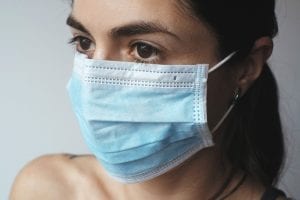
22. Research attempts for a COVID-19 vaccine
There were multiple research attempts taking place all over the world for COVID-19 vaccines! In fact, one such trial was taking place in Oxford that holds the key to how our antibodies react to COVID-19. Antibodies, of course, are crucial to helping our bodies react to and eradicate foreign bodies and illnesses.
23. The UK is adjusting to lockdown due to COVID-19
The UK is continuing to adjust to lockdown at the time of writing. Many people have been asked to work from home, while others have been furloughed. This means that companies have had no option but to remove staff in line with government schemes.
24. Lockdown measures in time of COVID-19
Lockdown measures emerged in the UK to help ‘flatten the curve’, and to help relieve stress on the NHS. This means that, ultimately, healthcare teams will continue to work hard to help as many ill people as possible.
25. Hopefully, soon everything will reopen!
UK news sources continue to suggest that non-essential shops, pubs, and restaurants may all be open and fully functional again in the near future. However, this will all depend on how effective lockdown easing transpires in the coming weeks.
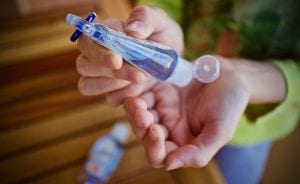
26. Drinking alcohol can’t help you with COVID-19
Despite advice to the contrary, while alcohol on your hands can help to combat COVID-19, drinking alcohol has no positive impacts. You should not increase the amount of alcohol you drink for this purpose, or at all.
27. 5G technology and COVID-19
5G is responsible for the rising spread of COVID-19Recent theories spreading across the web suggest that upcoming 5G technology is responsible for the rising spread of COVID-19. Multiple health bodies have come forward to confirm that viruses are physically unable to travel across airwaves or radio transmissions. Many have reported such concerns to be potentially dangerous.
28. How to choose the right vaccine?
Several COVID-19 vaccines have been approved over the past months. Understandably, there’s confusion over which one to choose – for example, should it be based on technology? Which one has the most advantages? Or simply the one, a country’s government chooses? The fact that we can agree on is that all vaccines work by exposing the human body to particles or molecules that trigger an immune response, thus protecting the subject from future infection. Currently, there are 4 types of vaccines: whole virus vaccines, RNA or mRNA vaccines, non-replicating viral vector vaccines, and lastly protein subunit vaccines.

29. Sinopharm and Sinovac vaccines for COVID-19
Produced by Sinopharm and Sinovac this vaccine requires 2 intramuscular doses. It uses a weakened and deactivated form of the COVID-19 causing pathogen and thus triggers a protective immunity to it. The pathogens cannot infect our body and replicate in our cells but can trigger an immune response. In fact, this vaccine technology has been used in the past to make vaccines for Hepatitis A, polio, and rabies.
30. RNA or mRNA vaccines
These types of vaccines are produced by Pfizer-BioNTech and Moderna and also require two doses. This technology has not been used in the past on any other vaccine making the method easily mistaken for something totally new to healthcare. But many vaccines like these once have been made and studied for various other diseases. Researchers in labouratories have been working on this method for several decades. The mRNA from the vaccine once injected into the body instructs our cells to produce antigens which are detected by immune cells.
31. Non-replicating COVID-19 vaccines based on recombinant viral vectors
Previously used to create a vaccine for Ebola this method is used by Oxford-AstraZeneca and Sputnik V. The vaccine uses a “vector” -a safe version of the virus that delivers a special genetic code for creating large amounts of antigens in the body. The vector is made out of proteins from the surface of the virus.

32. Protein subunit vaccine
This vaccine contains pathogen “pieces” that trigger an immune response. It is thought that not using the full pathogen greatly reduces the risk of side effects. This is a well-established technology that has been used for Hepatitis B, pneumococcal disease, shingles, but is also a vaccine that is complex to manufacture.
A final piece of advice!
Even though the vaccination process has begun, at the time of writing, COVID-19 remains a mysterious illness and one which many continue to worry about. However, it is important to continue staying positive – to wash your hands regularly, and to maintain social distancing wherever possible! Make sure to check in on family and friends from afar.
Do you know any interesting facts about Coronavirus? Share them in the comments below.
